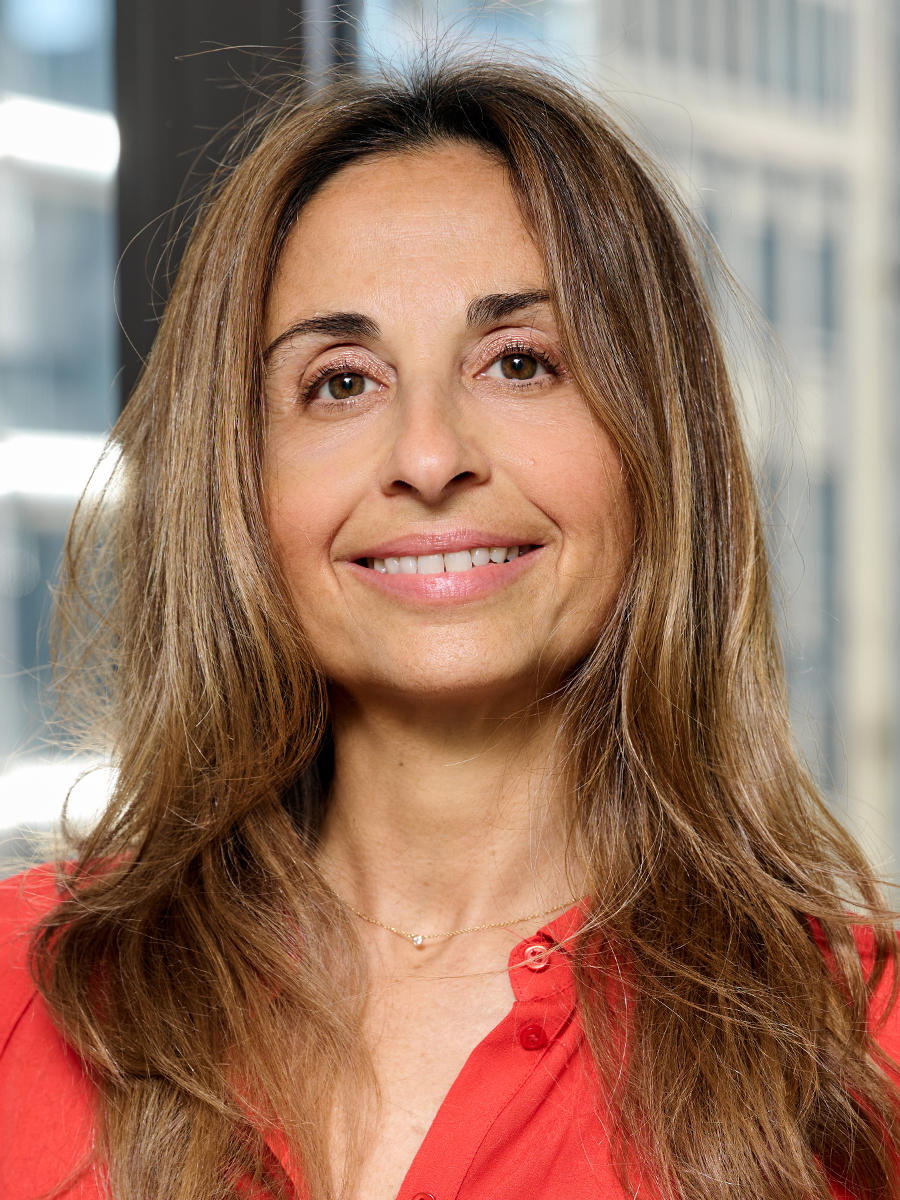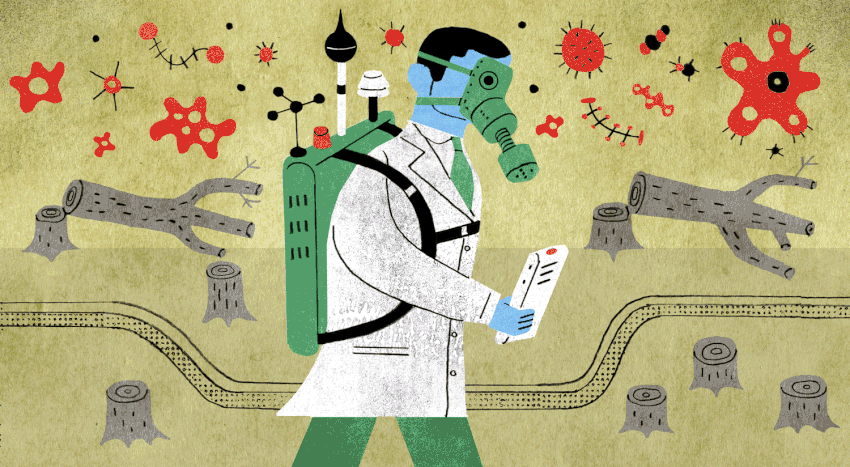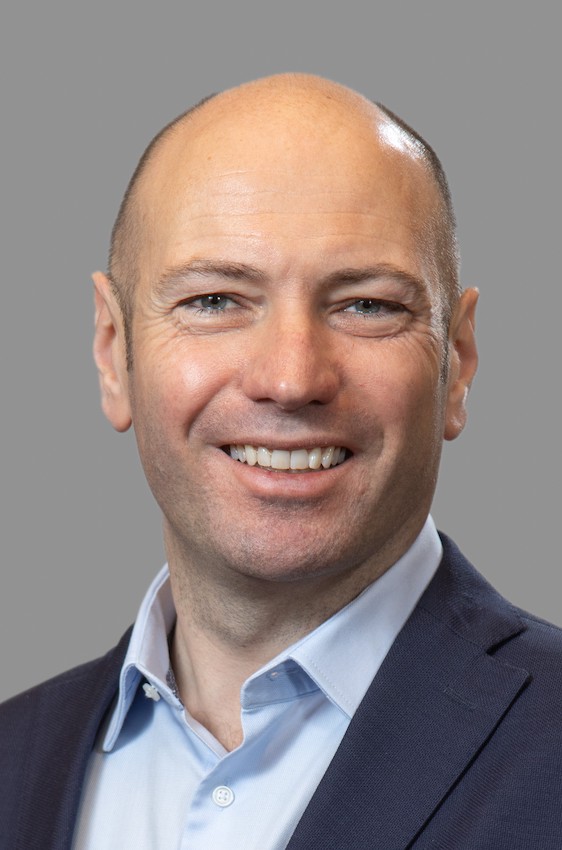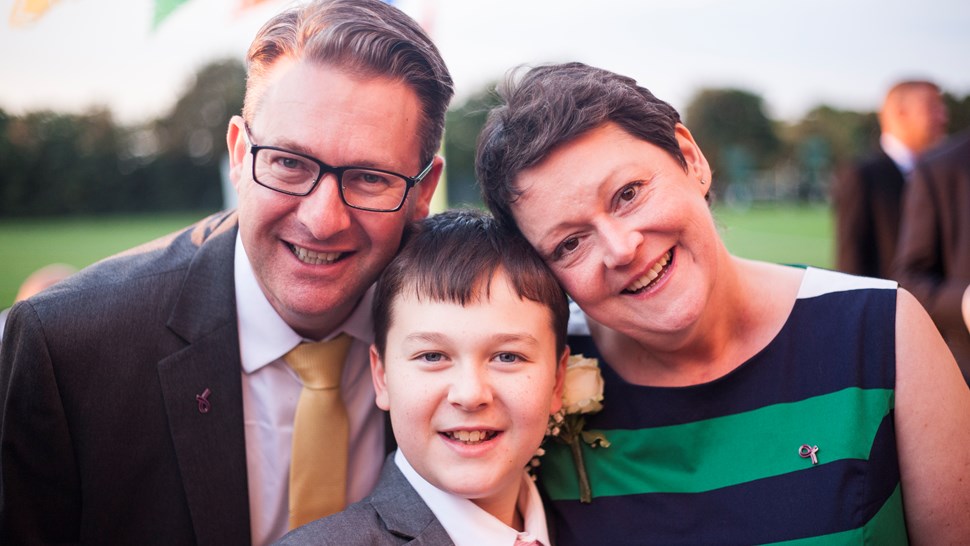The Executive Director of Vaccines Europe sees cause for celebration—and concern.
Sibilia Quilici became Executive Director of Vaccines Europe in January 2021—an important time to be leading a professional association representing the vaccine industry.
That January was—and remains—the deadliest month of the pandemic. It was also when the efforts to manufacture, distribute and administer COVID-19 vaccines developed by some of Vaccine Europe’s members began ramping up—an effort that over the course of 2021 would save anestimated 20 million lives worldwide.
“To just develop a vaccine, you’re typically looking at a decade or more,” says Quilici, a 15-year veteran of the vaccine industry based in Brussels. “Then you need to manufacture it; for traditional vaccines, that’s between 12 to 36 months, and it can be even longer for more complicated ones. So, when EU policymakers said in the spring of 2020, ‘We want vaccines at the end of the year, and we want them to be distributed to this massive population [447 million people live in the EU],’ it seemed impossible. But 326 days after the WHO declared COVID-19 a pandemic, the first vaccines were approved.”
The industry’s expansion was explosive. “The production capacity for all vaccines worldwide—travel vaccines, pediatric vaccines, influenza, everything—was 5 billion doses. By the end of 2021, we were at 11 billion doses of the COVID-19 vaccine. And we couldn’t cannibalize the supply chains of the other vaccines, obviously, so this was all done from scratch, and in a very, very short time.”
That achievement was made possible by “significant, unprecedented collaboration between the public and private sectors,” says Quilici. “The pharma sector is obviously highly regulated, and the regulatory agencies did amazing work to allow quick, safe access to the vaccines.
Yet as those COVID-19 vaccines saved millions of lives, they also sparked intense division and debate: Why weren’t they being distributed equitably? How safe and effective are the COVID-19 vaccines—and vaccines in general? Should children be required to be vaccinated to go to school? Should adults have to be vaccinated to go to work? As public health authorities and pharmaceutical companies continue to contend with those questions, they’re also facing an array of challenges: combating misinformation, a war in Ukraine and an increasingly fragile global economy. Such topics were the focus of a recent conversation between Quilici and Brunswick Partner Francesca Scassellati Sforzolini.
“On average, Europe managed 72% coverage for the first course of the COVID-19 vaccine and 52% for the booster. But there is a huge disparity between Western Europe and Eastern Europe.”
More than two years into the pandemic and, despite sufficient production to meet global needs, we have not yet achieved equitable global vaccine access. Why? Is it a lack of resources, infrastructure or political will?
With 11 billion doses produced by the end of 2021, there are enough doses to vaccinate the entire adult population of the world. So we know it is not a question of manufacturing. Instead, international attention needs to focus on ensuring that countries have the resources, infrastructure and capacity to deliver vaccination programs for their citizens.
And it’s not only a question of supply, we have to look at populations’ willingness to get vaccinated. Look at Europe. The European Commission purchased the vaccines on behalf of these 27 member states, and every country has its own contract through the Commission. This centralized procurement procedure meant that every country would have access to the vaccines at the same time, with right supply. It was a remarkable move. But the uptake is not reflecting this equal access.
On average, Europe managed 72% coverage for the first course of the COVID-19 vaccine and 52% for the booster. But there is a huge disparity between Western Europe and Eastern Europe. With the West, it’s close to 87% for the primary course, and 64% for the booster. Yet Romania had only 42% coverage for the primary course, in Bulgaria the primary course reached only 30% and the booster only 10%.
At a global level, there are other factors you need to consider. Take supply chains, for instance. One of the mRNA vaccines has more than 200 ingredients. Those ingredients come from different sources. As soon as you have export restrictions or border closures, you’re going to destabilize the supply chain and delay those vaccines being created and distributed.
So it’s not any single factor in isolation but a number in conjunction: supply, infrastructure, capacity, people and resources to deliver vaccinations, as well as vaccine confidence. All have a role to play in achieving greater global vaccine equity.
If supply wasn’t the main issue, why was there such discrepancy between vaccine uptake?
Partly because the infrastructure wasn’t there in some countries. Adult immunization programs are very specific, and they aren’t really embedded in the healthcare system the way pediatric programs are. You go to the pediatrician, the pediatrician has regular checkup with kids, you have reminder systems, you know exactly when you need to bring your kids to the pediatrician to get the vaccines, you have registries for the vaccination. With adult programs, you lose all that infrastructure and integration within the healthcare system. You also lose all the convenience in access; kids going to the pediatrician is one thing, but getting a teenager or working adult to a doctor is another.
Influenza is a good case-study; it’s one of the oldest adult immunization programs we have globally and in Europe. There you have clear targets: 75% for the adult population. Yet no country in Europe managed to reach that uptake. Clearly, we don’t have the infrastructure and resources in place to support adult immunization programs.
It’s interesting to look at Portugal. It was the first country in Europe that managed to have nearly 100% of their population receive a first dose of the COVID-19 vaccine. How on earth did they manage that? Well, Portugal has been implementing its influenza vaccination program through pharmacists for decades. They have a system in place that makes it convenient for adults to be vaccinated.
Other countries have silos within the healthcare system about who can vaccinate. You don’t have general practitioners, pharmacies, nurses all working together. Then of course you add in vaccine hesitancy, low trust in public institutions, confusion around communications …
What impact did COVID have on routine childhood vaccinations in Europe?
Some member states disrupted their immunization programs, which is exactly what you shouldn’t do during a pandemic; you need to make sure your population keeps being protected against viruses and bacteria infectious diseases.
After the first lockdown, we saw very worrying decreases in immunizations, particularly among infants. These are ones you cannot miss or delay, because if you miss the timing of the vaccination, then you lose the protection. UNICEF and the WHO issued joint statements telling EU member states they need to recover immunization program across the life course as soon as possible.
Because it’s easy to lose ground in vaccinations, it’s much tougher to make up ground. We potentially lost a decade of progress. You’re seeing it in pediatrics, you’re seeing it in adolescents with vaccines against HPV-related cancers. The drop is very significant—up to 80% decrease in some cases compared to the time before the pandemic.
Adding to the difficulty is the lack of data. If we just look at Europe, for example, you we don’t have timely monitoring of vaccination uptake. It doesn’t exist for any vaccines, apart from COVID-19. If you look at influenza, for instance, the last uptake you’ll see is at least two years old.
We can’t afford to be in the dark about vaccine uptake. Think of the war in Ukraine and what that means for population movement. Viruses have no borders. They just don’t wait for you to circulate. You need to have timely monitoring. And right now, we know people are missing vaccinations, but we cannot quantify it. That means we can’t accurately assess the potential next outbreaks. And with vaccines, you have to think about lead times for production, for supply—and we can’t start that process without a clear picture of what the need will be. It’s a major public health issue.
What do you think policymakers in Europe and beyond should do to help strengthen national immunization programs?
We need to shift the mindset with regards to the value of vaccination across the lifespan. We have vaccinations for pediatrics, adolescents, adults, and older adults. This is what we call the “life-course” approach to vaccination.
With the pandemic, an important message was: You need to vaccinate yourself to protect others. But people also need to understand why it’s important for their own health to be vaccinated. Depending on who you are, your age, your health status, what you do, your work, your family environment—all of this gives you a good reason to be protected at some stage with specific vaccines.
But there’s so much more work to do. You can see it in governments’ budgets and how they fund their immunization programs. In Europe, almost 80% of governments spend less than 0.5% of their healthcare budget on their immunization program—a program that can prevent against 20 infectious diseases across a life course. And then we wonder why we are failing with regards to adult immunizations. The investment isn’t there.
“We can’t afford to be in the dark about vaccine uptake. Think of the war in Ukraine and what that means for population movement. Viruses have no borders. They just don’t wait for you to circulate.”
Did COVID intensify vaccine skepticism and misinformation in Europe, as it did in the US?
Misinformation is extremely complex; it’s difficult to tackle. We’ve seen during the pandemic that the last thing that you want is discrepancy in communication between the EU member states, for example.
The European Medicine Agency was the first one to take on recommendations for the new vaccines. Member states then did their own communication, but they weren’t coordinated. That created contrary communication on specific vaccines, which led to a lot of hesitation, confusion, and skepticism. Member states need to coordinate their communication, and if they decide to take different positions from European authorities or neighboring countries, they need to explain why.
But specifically with vaccine hesitancy, there are decades of studies on this. We know what needs to be done and what should not be done—yet we continue to fail to address the heart of the issue.
We know, for instance, that healthcare providers are the most trusted sources of information when it comes to vaccines and vaccinations—they are more trusted than Google or social media. This is where we need to invest. We need to ensure that healthcare providers are trained—pharmacists, nurses, everybody that has a contact with the patients or citizens—to talk about vaccines and vaccination. And we need to get them involved in vaccine uptake.
The 2009 financial crisis was also a public health crisis. At a time when the global economy looks shaky, are there any lessons that we should carry into this moment?
The 2009 crisis was followed by a lot of austerity measures in Europe. You saw national healthcare budgets cut by as much as 20%—nurses and doctors lost their jobs, had salaries cut. This clearly affected access to and the quality of healthcare. Austerity measures often weaken the very pillar of a country that sustains the welfare of its people and economy. I hope we’ve learned those lessons. A lot of money has been spent to secure vaccines, to sustain economies during lockdowns. This has stressed states’ budgets; everybody’s looking at what cuts they can make. The war in Ukraine has added to those pressures. But healthcare budgets need to be sustained, protected. It is our resilience. Health is wealth.
How has the pandemic impacted the pharma industry’s reputation? Will the reputational boost from rapid vaccine development last?
I would hope so. But it’s worth restating: Strong public-private collaboration is what made the vaccine “miracle” possible. Nobody would have succeeded on their own. Everybody went together: regulators, government, academia, researchers, private sector—everybody.
Those collaborations aren’t a given. They take work. My hope is that we develop a way for those public-private collaborations to continue.
More from this issue
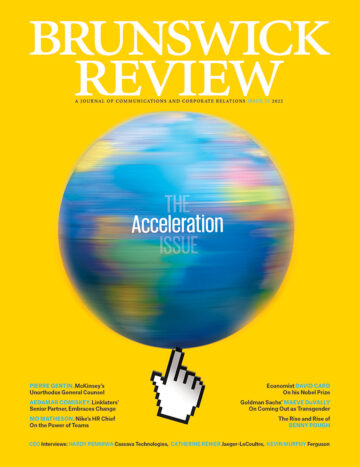
Acceleration
Most read from this issue
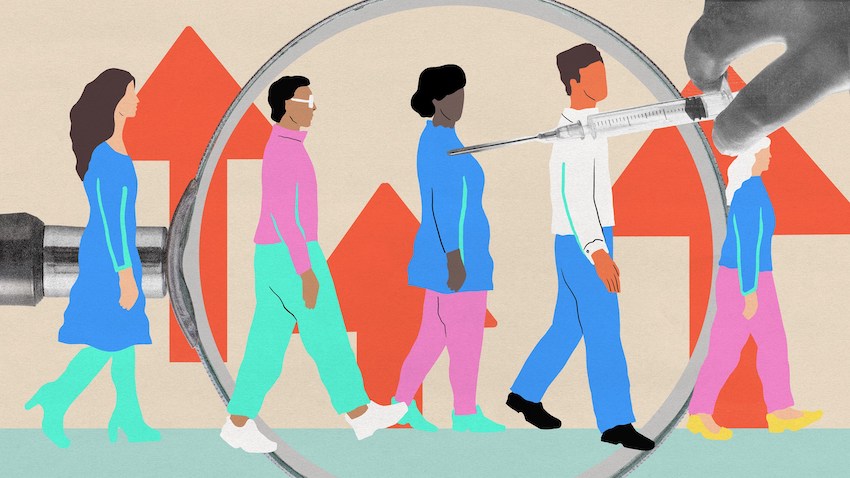
Trial & Error


